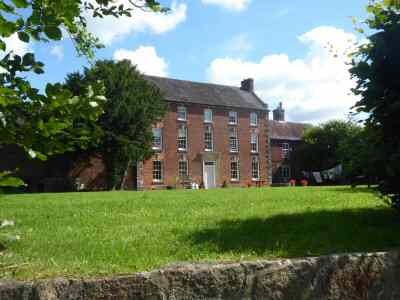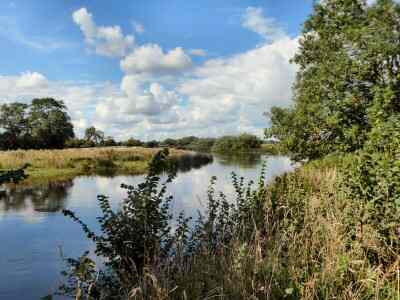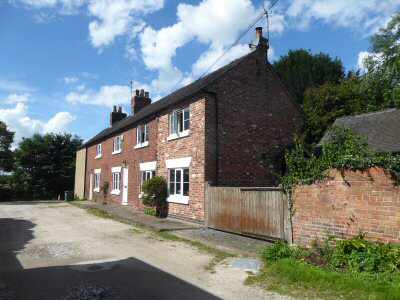TWYFORD
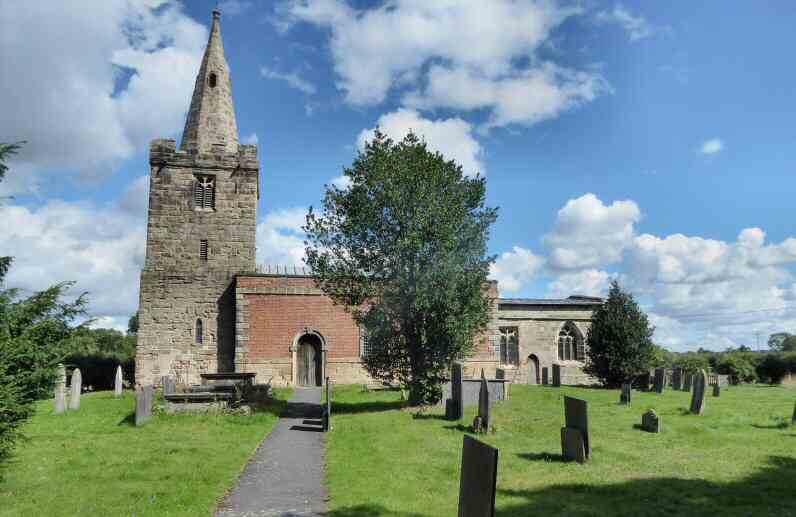
INFORMATION
Where is it? – Off the A1532 between Willington and Swarkestone. Care Ferry Lane is quite narrow near the access point road (SK 326285).
What to do? – Enjoy a short stroll by the River Trent or use one of the local footpaths for a longer walk – take a look at
St Andrew’s Church which unusual as it seems to be mainly of brick construction, but the internal walls are of stone – visit the neighbouring hamlet of Stenson where you can watch canal boats navigate the lock.
Where to eat? – There are no refreshment outlets at Twyford. You might like to try nearby Stenson where there is a café at Stenson Lock and a public house at Stenson Bubble. The Bubble Inn is located off Stenson Road by the marina. For more information visit: www.thebubbleinn.com or telephone 01283 703113. Stenson Lock Coffee Shop faces the lock on the Trent and Mersey Canal. For more information visit: www.stensonlock.co.uk or telephone 07505 287452
Other places to visit – Derby Cathedral is exceptionally beautiful. Light and spacious inside, the iron screen by Robert Bakewell is an inspirational masterpiece in this proud and beautiful building. Visit the Cathedral Centre to admire the Cathedral’s treasures. Climb to the top of the tower for breathtaking views on a selected open day – Mercia Marina located alongside the road from Willington. It was opened in September 2008 and after a long delay, a Boardwalk has been built with extensive facilities. This has been added to recently and the Marina is now a top tourist attraction – Calke Abbey, ‘The place where time stood still’ was the phrase used to describe it. When the National Trust opened it to the public in 1989. It is one of the most unusual English country houses with large collections of birds, ornaments, paintings and photographs.
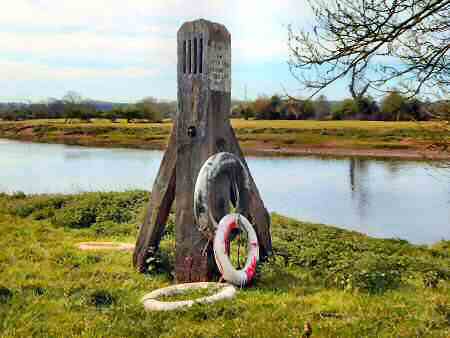
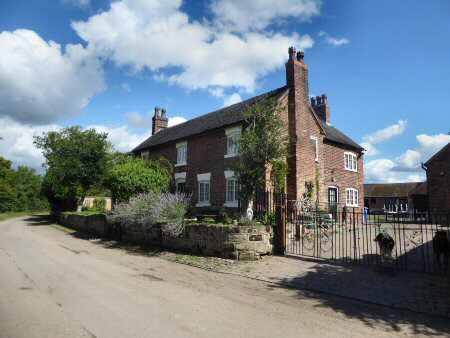
PROFILE
The pretty hamlet of Twyford is located along the northern bank of the River Trent near Willington and means ‘two fords.’ It was an important ferry crossing point for traffic that needed to reach Repton on the southern side of the river. The Ford provided a crossing for farm animals giving access to pasture on the southern banks of the river as well as to Repton and Ticknall. Apart from the river crossing points the location of the hamlet had much to do with the richness and fertility of the soil. The alluvial soils of the floodplain at Twyford are particularly fertile and there is widespread evidence of Prehistoric occupation all along the banks of the River Trent.

Today, Twyford is a mixture of cottages and farms that sit alongside Ferry Lane, which is now a cul-de-sac. It is a very quiet place rarely visited by people who do not live there apart from walkers who like to explore the local footpaths. This is a pity as there is much to interest countryside lovers.
FLOODS
The land within Twyford is very low-lying and regularly floods. However, the houses sit in a slightly elevated position to avoid flooding. This gives properties like Ferry House, which sits close to the road a more imposing appearance than would have been the case without elevation. There is also clear evidence that the ground was also designed to create heightened platforms to prevent flooding.
FERRY
Swarkestone Bridge was historically the nearest bridge over the river to the east, and Burton-on-Trent was the nearest bridge to the west. This made Twyford an important river crossing point. Before 1963, there was a chain ferry across the river at Twyford. The ferry is no more the floods during the winter of 1963 saw the ferryboat swept away, and it was never reinstated. However, the posts that supported the chain still remain on both sides of the river.

TWYFORD HALL
In 1662 Hearth Tax Returns record two large houses within Twyford, each with 7 hearths. The site of one of these is likely to have been Twyford Hall. Situated close to the river at the end of Ferry Lane the earliest part of the house now dates from the early 18th century and was probably rebuilt.
The other large house recorded in the Hearth Tax Returns was partially demolished in the 19th century. But a wing was retained and is now referred to as Old Hall Cottage a grade II* listed building.
ST ANDREW’S CHURCH
St Andrew’s Church is quite small and was built by the Knight of St John for travellers crossing Twyford Ferry. The Norman chancel arch is the main surviving part from this time. It started life as a chapel of ease to the main church at Barrow-on-Trent, which would have provided a parish priest to preside over church services. St Andrew’s is somewhat unusual as it seems to be mainly of brick construction, but the bricks only serve as an outer covering with the internal walls being of stone.
